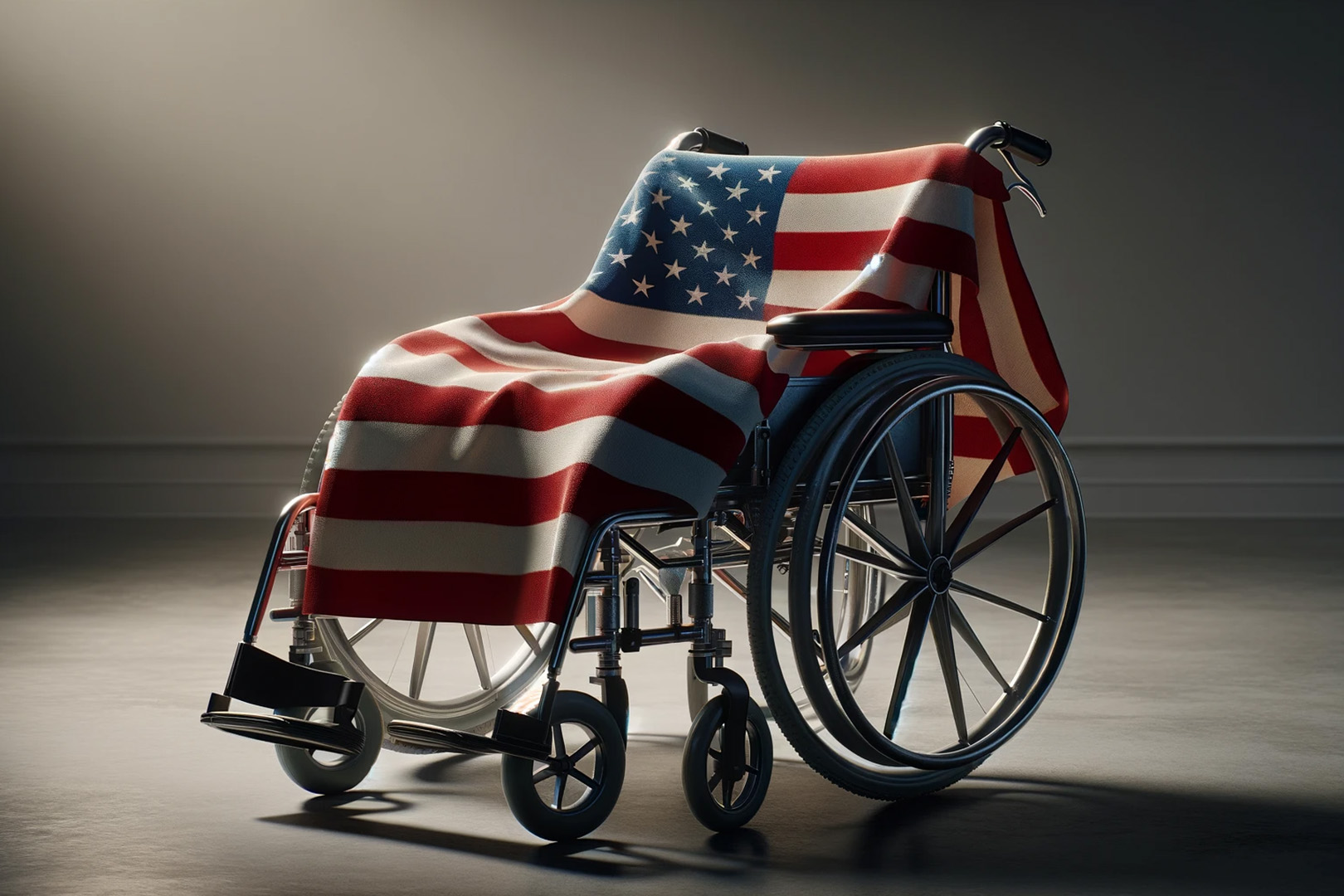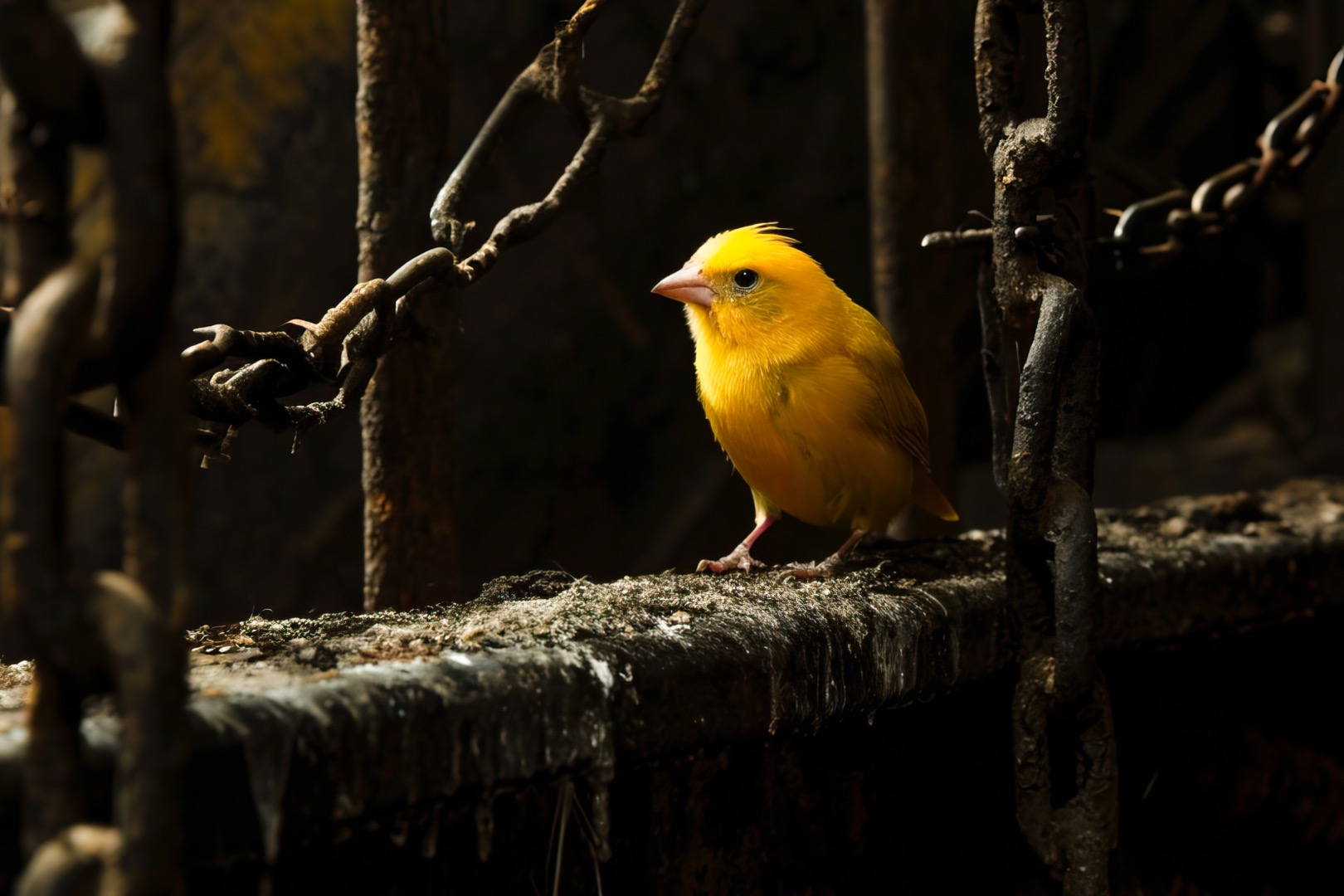
For any serious problem, a solution has usually been invented to fix it. One such problem is toxic gas leaks from oil pipelines, derricks, and refineries. These leaks are usually invisible to the naked eye and contain toxic, cancer-causing gases like Ethylene.
Until recently, the technology used to find these leaks was called a “sniffer.” This device required the user to be in close proximity to the gas leak to detect it. For a pipeline, the user would have to walk right next to the pipeline along its entire length, a very slow process. And even in close proximity, the technology had issues.
A Critical Technological Advancement
David Furry, an inventor in Texas, believed a better solution was possible. David invented and patented the game-changing advancement that is now used far and wide – a camera that enables the user to see the toxic gas leak easily from a distance. Through David’s camera, the “invisible” leak looks like a plume of black smoke.
With David’s invention, the user can be in a helicopter flying along a pipeline and spot each leak quickly. This technology was such an advancement for the environment that the Texas EPA awarded David their highest honor and stated that his invention has lowered the level of Ethylene in the air in Houston by 60%!
Solving problems is what inventors do. They can think outside of the box and come up with solutions missed by others. They often commit large amounts of time and money to pursue solutions. The incentive to commit the time and money required to create something new is the eventual value of the patent rights if the inventor succeeds.
A patent is supposed to give the inventor ownership of the intellectual property. That ownership creates value, just like your deed to your house. If you couldn’t stop others from camping in your front yard or squatting in your living room, your house wouldn’t have much value. Unfortunately, the house example with squatters relates too well to what has happened to inventors’ patent rights.
A bad law and a couple of bad Supreme Court decisions have drastically reduced the ability of an inventor to stop others from taking their intellectual property without the inventor’s consent. The result is that if you invent and patent something truly valuable now, something that would have led to significant startup and financial opportunities in the past, large corporations will use our broken patent system against you to take it without paying for it.
Another Patent Invalidated by the PTAB
This is what happened to David Furry. FLIR is a large corporation that worked with David and was expected to license in patented invention. Rather than license the invention, they used the unjust Patent Trial and Appeal Board created by the America Invents Act to invalidate David’s patent and take the technology. They have now been acquired by Teledyne, and the technology of David’s invention has added many millions of dollars to their bottom line.
The incentive to invent through the ownership provided by patent rights was created at the beginning of America. It enabled America to become a world power and a leader in innovation and to stay ahead of our adversaries. It also enabled innovative startups to compete with vested interests and stop the advance of monopolies.
A key part of restoring the rights of inventors like David Furry is not forcing them into an unjust administrative court like the present PTAB but allowing them access to real courts with lifetime-appointed judges, juries, and adequate due process.
For our future, America’s innovation engine must be restored.





